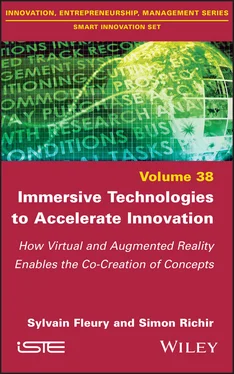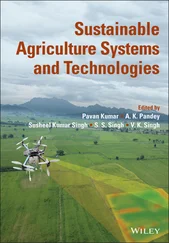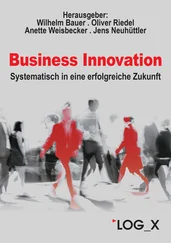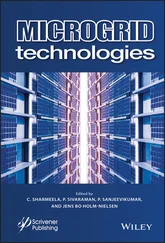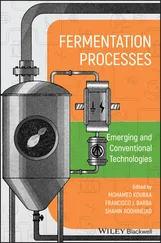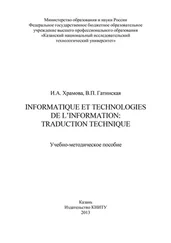1.1.3. From creativity to innovation
Creativity differs from innovation in that the former is about coming up with ideas and the latter is about implementing them. Creativity is therefore a psychological trait and process, whereas innovation is a management issue, a professional activity that is generally collective. Indeed, the implementation of ideas often requires the association of several forms of expertise in an innovation team. When the organization allows it, creativity will generate a flow of new ideas that will feed the innovation process. If innovation is a question of survival, it is also an exciting playground with flexible rules, allowing each step forward to transform ideas into successes. The challenge is to ensure that new ideas can survive in mature companies, that is, with an optimized organization for production and continuous improvement but whose rigidity sometimes blocks any possibility of radical innovation (Lecossier et al . 2018). As a result, mature companies need to redesign their innovation process to protect truly innovative ideas as they mature. A survey by the Product Development and Management Association reveals that 24% of companies with a true innovation methodology manage to bring one out of every four generated ideas to fruition, while 76% of companies with fewer tools bring only one out of every nine to fruition.
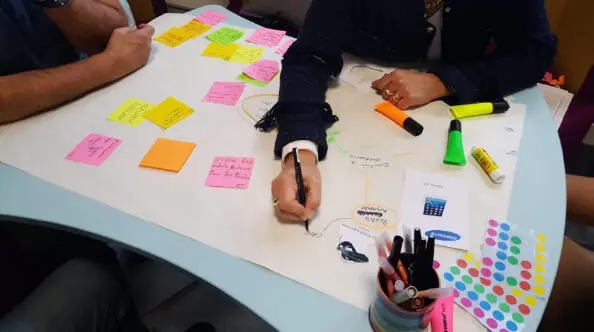
Figure 1.1. It is essential to train in methods to improve the innovation process, to protect ideas, to have a dedicated place and to train teams in ideation methods. For a color version of this figure, see www.iste.co.uk/fleury/innovation.zip
1.1.4. Equipping ourselves to innovate better
It is necessary to be equipped with new technologies to take advantage of recent advances in the field. The time it takes for a company to go from idea to concept is the key factor. The revolution that is taking place in the world of immersive technologies is a tremendous opportunity to accelerate innovation. Today, immersive tools for innovation are emerging. It is now a question of seizing them and conceiving the uses that will allow us to make the most of them to innovate.
In many companies, innovation processes are clearly defined and standardized, with sequenced phases, from idea gathering to transfer to development and then production units.
Virtual technologies, which are now mature, can provide a decisive advantage in accelerating the processes put in place, by equipping specific phases of this process. Thus, virtual and augmented reality, while it has already proven its benefit for product design, can be used from the creative phases and integrated into the digital chain to facilitate the production of intermediate representations, whether virtual or physical, as in the case of three-dimensional (3D) printing.
To support innovation, these technologies must be embedded in an organization. They must be introduced in a timely and appropriate manner in terms of management. They will be employed by users who will rely on them to be more creative. These technologies must therefore also be compatible with the cognitive characteristics of the users to encourage their creativity.
The purpose of this book is not to describe in detail what immersive technologies are. Our position as researchers in a laboratory specialized in innovation and immersive technologies leads us to support companies in their digital transition and to help them optimize their innovation processes. We show our support (e.g. in our creativity workshops) with virtual reality technologies, notably thanks to the immersive applications developed in our laboratory. We are convinced (and we have a lot of scientific proof) that this way of doing innovation constitutes a considerable gain in efficiency and will progressively impose itself in companies that have the desire to innovate. The objective of this book is to provide elements concerning the uses of these technologies for innovation. The research works that are called upon are therefore often at the frontier of, or totally within, the human sciences, but also from the design sciences. An individual alone is not innovative. At best, an individual can be creative. It is the conjunction of the creativity of a whole multidisciplinary team that leads to innovation. Innovation management consists of creating an organizational, human and possibly technological environment that is as favorable as possible to innovation.
1.1.5. Modeling innovation at the company level
Numerous models exist which outline the innovation process, that is, the stages located before the industrialization of a product, which we will call the upstream phases of design. Several of these models take the form of a funnel, wide on the left and thin on the right, to graphically represent a large number of ideas at the beginning and successive selection stages as concepts are developed. This is the case, for example, with the innovation funnel model or the innovation pipeline. Innovation opportunities are generated from the company’s strategy, prospective analyses, market studies, or the company’s existing or future know-how. Then, the ideas are refined, filtered, merged, to disappear or evolve into a more complete form, the concept. The concepts are then transformed and developed according to the feasibility constraints to be industrialized and then become marketable products.
Bouchard et al . (2006) have modeled product design in the context of work on innovation in the automotive sector. This approach concerns a process in which the designer’s creativity will potentially concern innovative uses or functions, but also esthetic choices. This innovation process is composed of three main successive steps: inspiration, generation and embodiment. Inspiration corresponds to the exploration process which consists of gathering data concerning the context of the future product in order to converge on first guidelines. This can take the form of a moodboard that will be used to inspire the designers during the following stages. The second step, generation, is a divergence phase during which the designer will create representations of the product through sketches. Finally, embodiment consists of converging, that is, selecting the best concepts, refining them until they are finally put into production.
1.2. The blue ocean strategy
The traditional approach is to face a known market in which companies compete violently for market share against each other on a roughly constant demand. This is the red ocean strategy. The ocean is red with the blood generated by this violence. It is also red with the color of the companies’ accounts. In this red ocean, decisions are made based on the competition. The advantage is that you know the market; you know it exists and you know its main characteristics. So it is a question of exploiting the existing demand, of beating the competitors, either by obtaining a better quality-price ratio or by differentiating oneself.
The blue ocean strategy described in the book Blue Ocean Strategy (Mauborgne and Kim 2007) is about moving away from an obsession with confrontation and instead seeking to create virgin markets. It is about creating trends rather than adapting to established trends. In the blue ocean, the company is not caught in competitive wars because it is the only one there. The new market does not necessarily require a technological innovation; it can be a service innovation as long as it creates value for both the company and the buyer. These innovations that create both profitability for the company and usefulness for the customer are called “useful” innovations. The blue oceans are therefore made up of all the activities in which there is not yet a competitive confrontation because they have not yet been developed, or because only one player has positioned itself there. In the blue oceans, there are many opportunities for strong and rapid growth. Logically, each blue ocean discovered by an innovative company ends up becoming a red ocean because of the arrival of competitors with an imitation strategy.
Читать дальше
